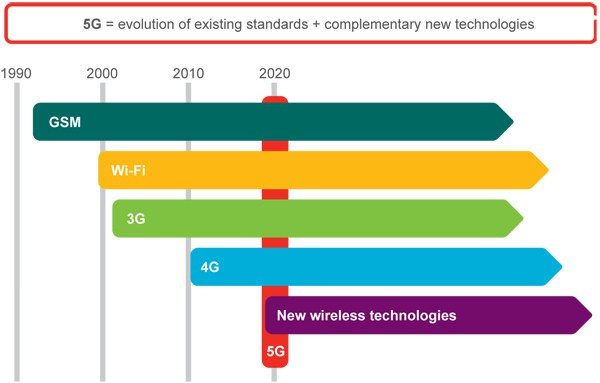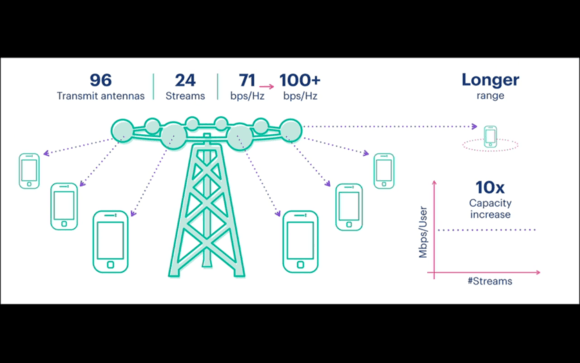A couple of days ago, there was some trouble connecting with my folks due to slight rain. We tried from both ends, and were eventually unable to connect. That of course was a 3G network on both ends, but that is not the idea today. Such call loss and difficulty in connection leads to distrust in services and inconvenience to users. So is there a solution? How significant a change can 5G bring about?

5G. A lot of questions…
Today we are talking about 5G and how different it is. How much can this new telecom technique help? Because if this helps me stay connected, I might as well get updated at the latest. However some facts related to 5G are to be considered before accepting it at face value.
Hi-Speed data transmission
 Carriers are expected to be able to keep up with the growing demand for mobile data fueled by the demand of high speed data transmission. It will also enable much faster connections, with speeds comparable to Google Fiber’s fixed line connections. Reduced latency will make wireless connections more suitable for everything from online gaming to medical devices.
Carriers are expected to be able to keep up with the growing demand for mobile data fueled by the demand of high speed data transmission. It will also enable much faster connections, with speeds comparable to Google Fiber’s fixed line connections. Reduced latency will make wireless connections more suitable for everything from online gaming to medical devices.
5G does not just bring high-speed data. It also brings along several other questions. The first being, when can we expect a standard? While government bodies discuss on opening a newer spectrum for mobile communication, let’s take a look at the implementation of the system.
What’s new in 5G?
Let’s start with the introductory change in signal usage of the new telecom tech. The ultra high frequency was thought unsuitable for mobile data communications until recently, but now parts of the spectrum will be utilised by 5G. Another interesting feature is the line of sight (LOS) requirement. This could prove to be a major headache.
So let’s consider how this might be a problem?
Firstly, the big cell towers might not be so hyped now, i.e. if you are unable to connect to one transmitter, turn around and you have another one. Walk around the corner, a new one. There might as well be different transmitters from the porch to the backyard of your house. These tiny access points are going to be everywhere.
If it’s going to take so many access points, hopefully it keeps me to connected with zero call drops.
With this many access points, comes the material cost involved in setting this system up. Wiring all the millions of access points is expected to be a challenge in itself. And this is just setting up the hardware. Once set up, installing the software to run interconnections over it is another matter entirely.

Could this be a solution?
Facebook has been working on an antenna designed to let wireless access points connect with each other have come up. The Terragraph, as it is being called, could come as a possible solution in this situation. With LOS connectivity among the terragraph, this might as well turn out to be the very solution required for 5G.
We sat down with some experts to know more about the topic. Check out their iews on this interview on 5G Small Cells in Lamp Posts








